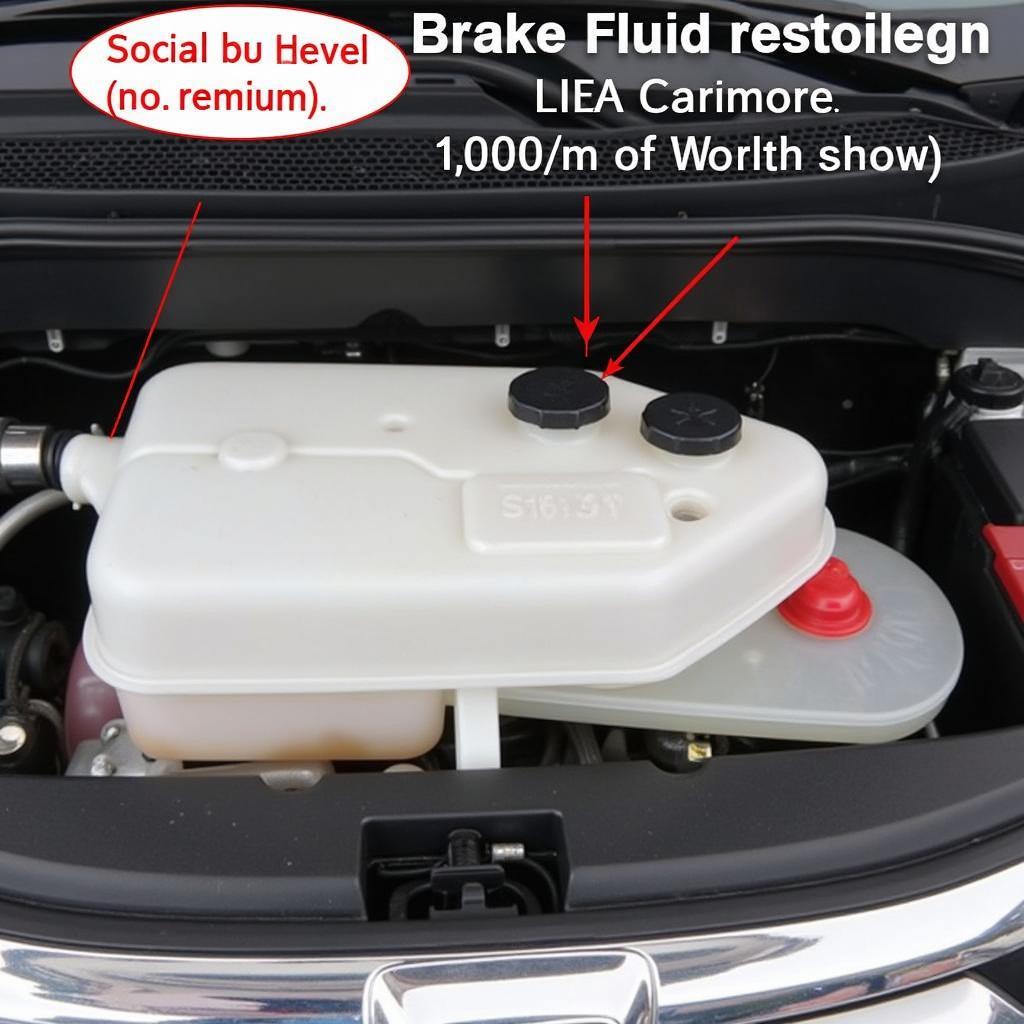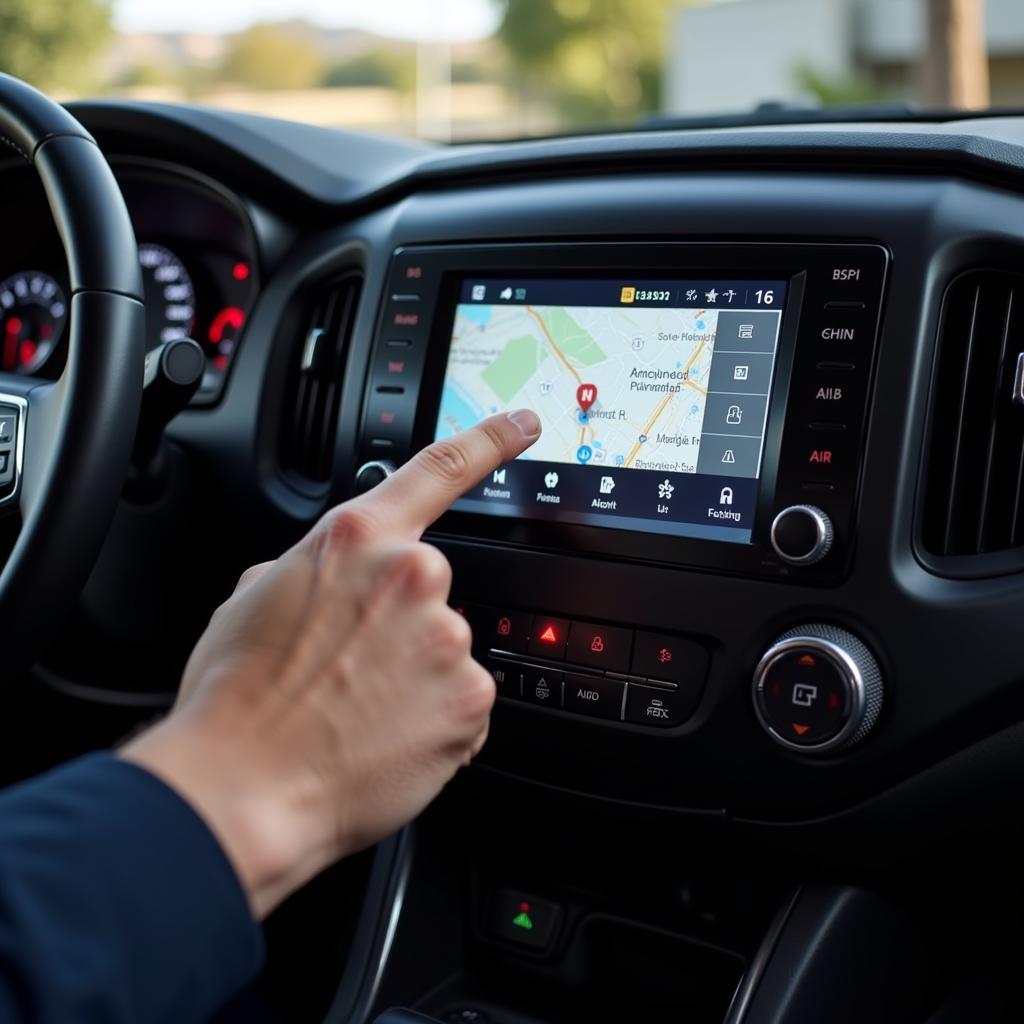Is your Hyundai Kona key fob acting up? Before you panic, the culprit might simply be a dead battery. Key fob batteries are designed to last for a few years, but like all batteries, they eventually run out of juice. Fortunately, replacing a Hyundai Kona key fob battery is a straightforward process you can do yourself. This guide will walk you through everything you need to know, from identifying the signs of a dying battery to programming your new battery.
Recognizing a Dying Key Fob Battery
Several telltale signs indicate your Hyundai Kona key fob battery needs replacing. These include:
- Decreased Range: You find yourself having to stand closer to your Kona to lock, unlock, or start the vehicle.
- Intermittent Functionality: The key fob works sometimes but not others, or you have to press the buttons multiple times to get a response.
- Warning Messages: Your Kona’s dashboard may display messages like “Key Fob Not Detected” or “Replace Key Fob Battery.”
- Security System Issues: Difficulty arming or disarming the security system or starting the engine could point to a key fob battery issue.
What You’ll Need
Replacing your Hyundai Kona key fob battery is a DIY-friendly task. You will need:
- A new CR2032 battery: These are readily available at most auto parts stores, electronics stores, and even some grocery stores.
- A small flathead screwdriver or a key coin: This is used to open the key fob casing.
Replacing the Battery: A Step-by-Step Guide
Follow these simple steps to replace the battery in your Hyundai Kona key fob:
- Locate the release button or notch on the back of your key fob. This is usually a small button or indentation that you can press or pry open with your fingernail.
- Insert the flathead screwdriver or key coin into the release button or notch. Gently apply pressure to separate the two halves of the key fob casing.
- Carefully separate the two halves of the key fob casing, exposing the battery. Be careful not to damage the internal components.
- Identify the old battery. It will be a small, round, silver battery labeled CR2032.
- Use the screwdriver or your fingernail to gently pry the old battery out of its compartment. Note the orientation of the positive (+) and negative (-) sides of the battery.
- Insert the new CR2032 battery into the compartment, ensuring the positive (+) side faces up, matching the orientation of the old battery.
- Align the two halves of the key fob casing and press them together until you hear a click, indicating they are securely closed.
Testing & Programming
In most cases, you won’t need to reprogram your Hyundai Kona key fob after replacing the battery. Simply try locking and unlocking your vehicle to confirm the new battery is working correctly. If the key fob doesn’t function as expected, consult your owner’s manual or contact a Hyundai dealership for instructions on reprogramming.
Do I Need a Professional?
While replacing the key fob battery is a task most car owners can handle, there are instances where seeking professional assistance is advisable:
- You’re uncomfortable tampering with electronics or performing minor repairs.
- The key fob is damaged or broken.
- You’ve replaced the battery, but the key fob still doesn’t work correctly.
Extending Battery Life
To maximize the lifespan of your Hyundai Kona key fob battery, follow these tips:
- Keep your key fob away from extreme temperatures. Avoid leaving it in direct sunlight or extreme cold.
- Don’t unnecessarily press the buttons. Each button press consumes a small amount of battery power.
- Store your key fob separately from metal objects. This can help prevent accidental button presses and battery drain.
does the 2020 hyundai kona sel have anti theft
Conclusion
A dead key fob battery is a minor inconvenience that’s easily remedied. By following the steps outlined in this guide, you can replace your Hyundai Kona key fob battery quickly and efficiently, getting you back on the road in no time. Remember, if you’re unsure about any part of the process, it’s always best to consult your owner’s manual or seek help from a qualified professional.


